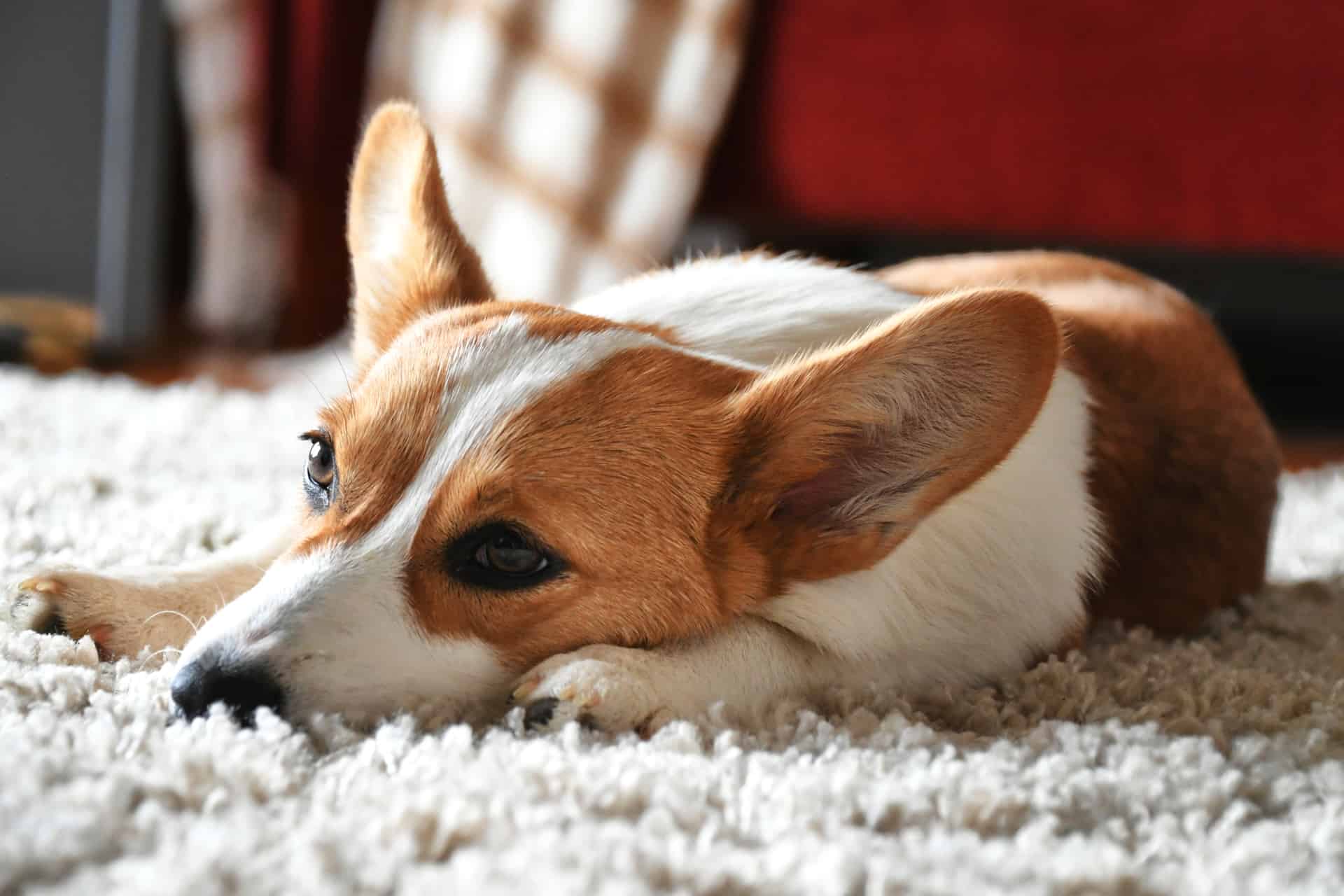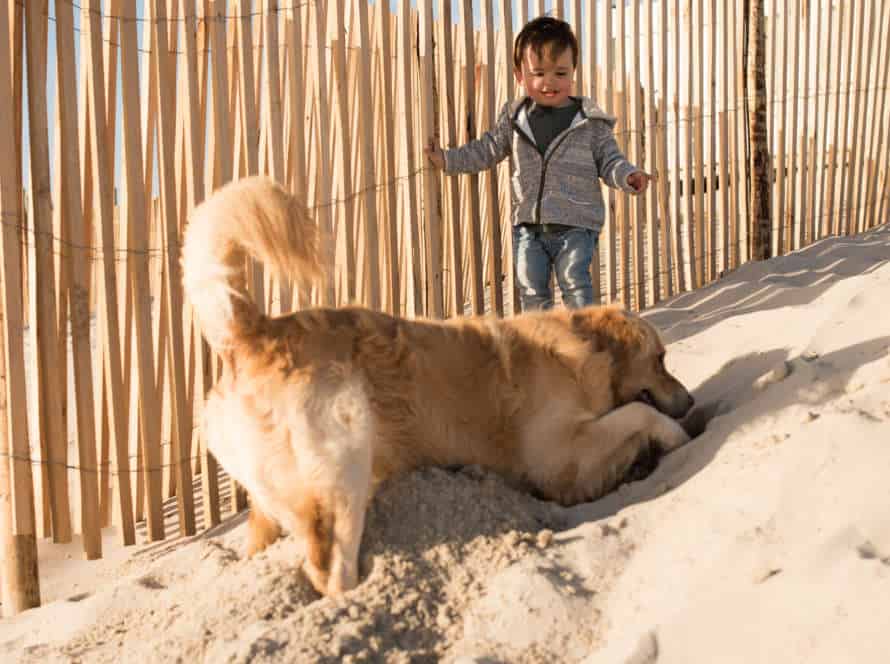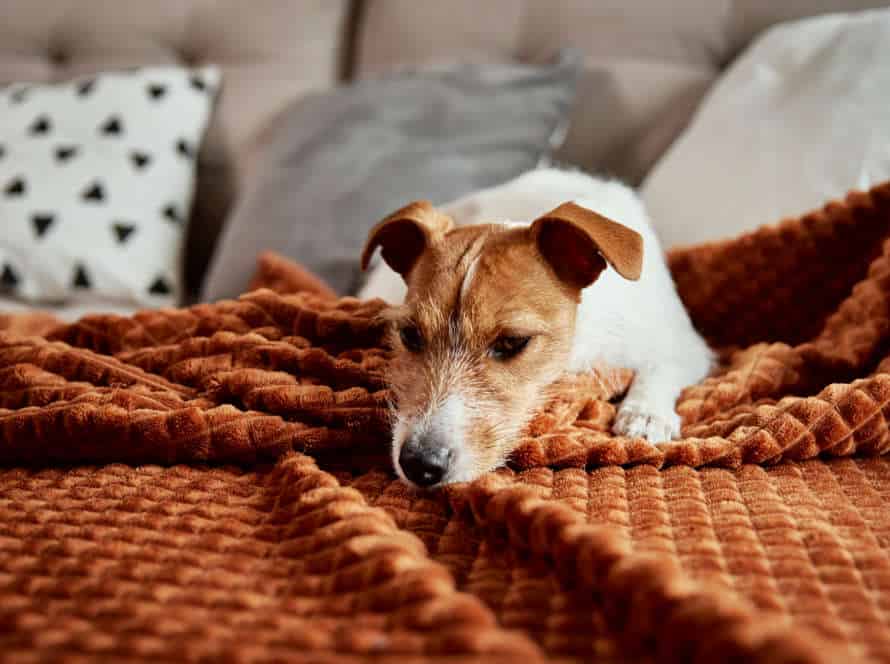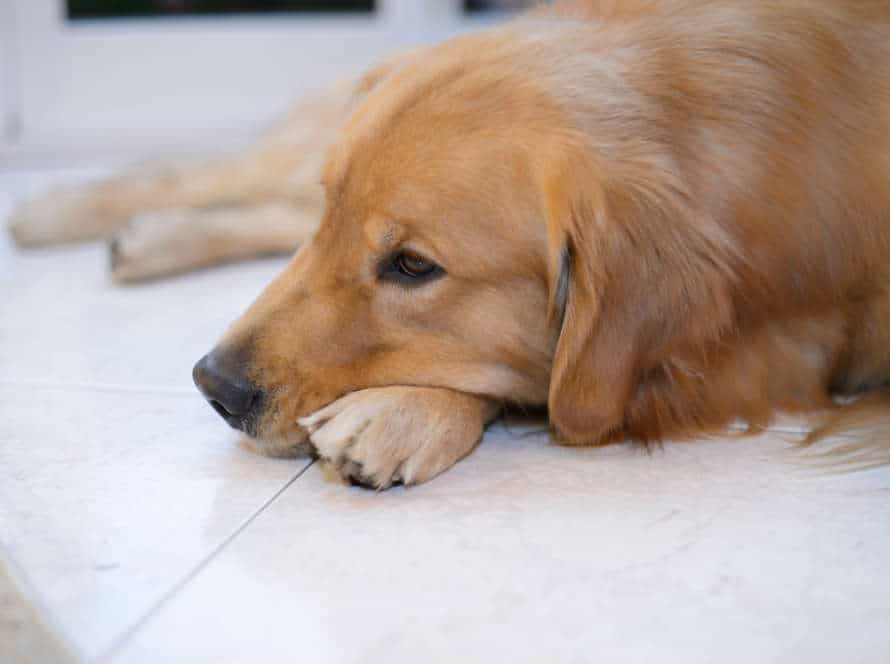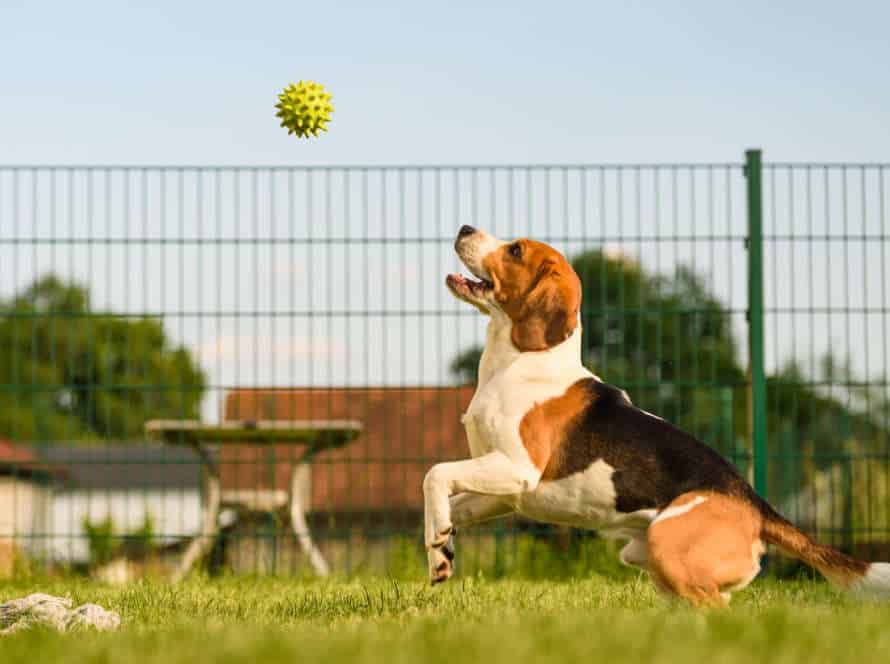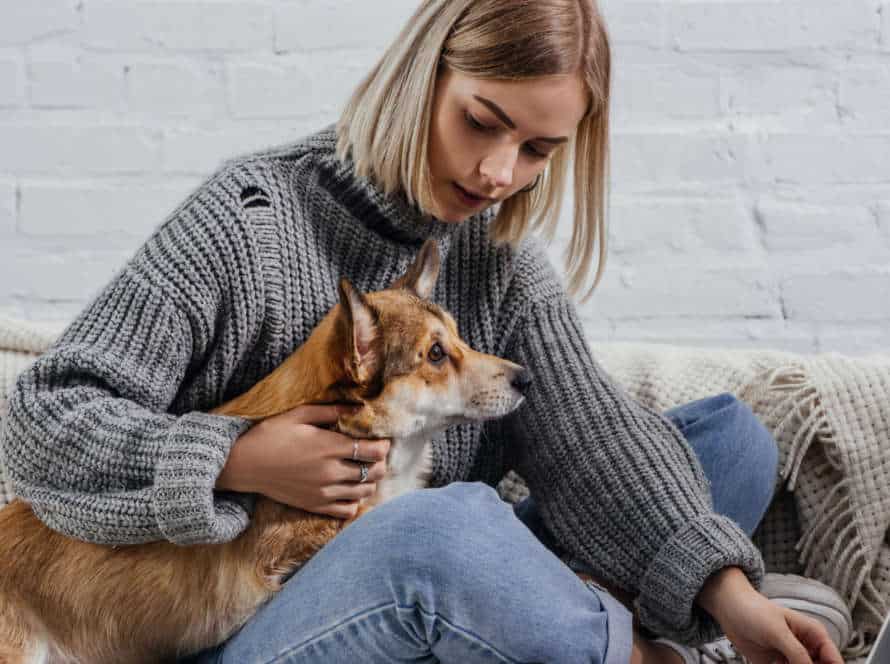Crate Training for Puppies
Crate training is a great way to make puppies comfy in their own space. With the correct guidance, crate training can be a breeze. But if done wrong, puppies can get overwhelmed and scared, leading to separation anxiety. Let’s check out the top ways to crate train puppies. Also, let’s see how to help them overcome any separation anxiety that may come up.
Benefits of Crate training for puppies
Crate training is great for puppies! It gives them a safe and comfy space. It also helps with house training and lowers separation anxiety. Here are the key benefits:
- Safe and Comfy Space: A crate feels like a den. Puppies can relax and feel secure there.
- House Training: Crate training is a humane way to teach puppies where to go potty.
- Separation Anxiety: Puppies get used to being alone in a safe space while their owners are away.
Overall, crate training is beneficial for puppies. Pro Tip: Make sure the crate is big enough for the puppy to stand up, turn around and lie down comfortably.
How to choose the right crate size
Choosing the perfect crate size is essential for your pup’s well-being and comfort during crate training. Here are some tips to get started:
- Measure your pup’s height from the floor to their head, plus add 2-4 inches for comfort.
- Also, measure their length from nose to tail, plus add 2-4 inches for comfort.
- Pick a crate that has enough room for them to stand, turn, and lie down comfortably.
- Don’t get a crate that is too big. It could result in your pup soiling one end and sleeping on the other.
- Think about getting an adjustable crate to fit your pup’s growth.
- Put comfy bedding and toys in the crate to make it a cozy, inviting space for your pup.
Introduction to crate training
Crate training is a great way to teach your puppy good behaviors and help them with separation anxiety. It takes patience and consistency, but it’s worth it! Here are some tips:
- Start introducing the crate slowly.
- Use positive reinforcement and rewards when they go in.
- Get the right size crate, where they can stand up and turn around.
- Never use the crate as punishment or leave them in it too long.
With patience, your pup will learn to love their crate and feel secure when left alone.
Separation Anxiety in Puppies
Puppies can struggle with separation anxiety when they’re in a crate and their human is nowhere around. This can lead to bad habits or loud barking. Good news: there are ways to help! In this article we’ll explore the different approaches and techniques for helping your pup manage their separation anxiety when crated.
Symptoms of separation anxiety in puppies
Separation anxiety in puppies is a common issue. It can cause distress for both the pup and its human family. It happens when a pup gets anxious or scared when away from its owner. This leads to physical & emotional symptoms.
Signs of separation anxiety in puppies:
- Excess barking/howling when alone
- Chewing/destructive behavior on doors, windows, etc.
- Trembling/shaking
- Urinating/defecating indoors, even if house trained
To help puppies with separation anxiety, crate training can work. Introduce the crate slowly, as a safe & comforting space. Plus, practice short periods of separation. This can help the pup overcome its anxiety & feel more independent. Keep an eye on the pup & get professional help if symptoms stay.
Causes of separation anxiety in puppies
Separation anxiety in pups is a widespread issue. Here are the main reasons for this:
- Changes to routine or environment can cause anxiety – pups like routine.
- If a pup doesn’t meet new people, pets and places between 3-14 weeks of age, it can develop fear.
- If a pup is too attached to its owners, it can be stressed when they leave.
- If a pup had bad experiences while in a crate, it can link it to fear.
Understanding why pups get anxious can help owners care for their pet’s mental wellbeing.
How to help your puppy overcome separation anxiety
Separation anxiety amongst puppies is common, but with the right training it can be conquered. Crate training is a great way to make puppies feel more safe and comfortable when left alone. Here are some tips for helping your pup beat separation anxiety in the crate:
- Size matters: make sure the crate is large enough for them to stand, lay down and turn around.
- Good vibes: give your puppy treats and toys while they’re in the crate.
- Take it slow: start off with small time frames and slowly increase the time your puppy spends in the crate.
- Stay cool: puppies sense your anxiety, so stay relaxed and upbeat when crate training.
Remember, separation anxiety doesn’t go bye-bye in a jiffy. Training your pup takes time, patience and consistency.
Combating Separation Anxiety with Crate Training
Crate training is awesome! It helps pups conquer separation anxiety. It teaches them to feel safe in their crates. Plus, they learn how to be independent, even when not with their human friends.
Here, we’ll discuss how crate training aids puppies with separation anxiety. Advantages will be shared!
Using the crate as a safe space to combat separation anxiety
Introduce your pup to its crate with comfy bedding and toys. Gradually increase the time they spend alone, starting with short intervals. Reward them with treats and praise when they go in voluntarily. Don’t leave them in the crate for too long, and take them out for exercise and socialization. Pro tip- Ensure the crate is the right size, and don’t use it as punishment. Crate training will help your puppy combat separation anxiety by associating it with security and comfort.
Using the crate to build independence
Crate training can be a helpful way to reduce separation anxiety in puppies and help them be more self-reliant. Here’s how to help your pup deal with crate training and being apart:
- Gradually introduce your pup to the crate. Leave the door open and place a beloved toy or snack inside to motivate them to explore.
- Increase the time they spend in the crate, starting with only a few minutes and working up to several hours.
- As they become more confident, start leaving the room or house for brief periods, gradually increasing the length.
- Stay consistent, give lots of compliments and rewards for good behavior.
Remember, you need patience and to stay devoted. But with time and effort, your pup will feel calmer and safer when alone.
Gradual crate training to help your puppy overcome separation anxiety
Crate training is a great way to help your pup conquer separation anxiety. But, it must be done carefully and with patience. Follow these steps for success:
- Start off slow. Let your pup explore the crate in their own time.
- Leave the room. When your pup is comfortable with the crate door open, start leaving for short periods.
- Increase the time. Begin with a few minutes and gradually increase the duration.
- Reward good behavior. Give treats or toys when your pup remains calm and quiet in the crate.
- Be consistent. For your pup to feel secure, stick to a routine as much as you can.
Tips for Successful Crate Training
Crate training is a great method to teach puppies good house habits and get used to their new home. It can also help them move from living with their littermates to being alone. Though, this may be quite difficult for some puppies—especially if they suffer from separation anxiety.
Here are some tips for successful crate training:
Introducing the crate to your puppy
Introduce a crate to your pup to help with successful training and separation anxiety. Here are some tips:
- Start Slow. Don’t force them in. Put treats and toys inside for them to explore.
- Gradually increase time. Close door, stand close by for a few minutes.
- Make it comfy. Put in a bed and add blankets or towels.
- Create routine. Use crate for short periods and stick to a schedule.
- Reinforce positive behavior. Reward with treats and praise when they’re comfortable.
Pro tip: Never use the crate as punishment. It should be a safe space for rest and relaxation.
Making the crate comfortable for your puppy
Making your pup’s crate comfy is key to successful training. Here are some tips to help you out:
- Get the right size based on their breed and weight.
- Provide a soft, washable sleep surface like a blanket or pad.
- Create a den-like atmosphere with a blanket over the top and sides, leaving the door open.
- Include toys and items with your scent to make them feel at home.
- Clean the crate regularly.
Remember, the crate should be a positive and safe place, and making it comfortable will help reduce their anxiety when you’re away. Pro tip: Always reward your pup with verbal praise and treats when in or out of the crate to build good associations.
Avoiding common crate-training mistakes
Crate training can help your pup feel safe and learn good potty habits. But, to make it easier and less stressful, avoid these common errors:
- Don’t keep them in the crate for too long. Puppies have limited bladder control.
- Don’t use the crate as punishment. It will create negative associations.
- Don’t rush the process. Gradually increase the time they spend in the crate.
- Don’t choose a crate that’s too big or too small. It should be big enough for them to turn, stand and lie down comfortably.
By avoiding these mistakes, crate training can be a pleasant experience for both of you!
Alternatives to Crate Training for Puppies
Crate Training is a popular way to help puppies learn good habits. But, some pups get anxious when in a crate. Fortunately, there are other options. We’ll discover alternatives for crate training for puppies. That way, owners can pick the best plan for their furry friend.
Using baby gates to restrict puppy’s space
Baby gates are a great option instead of crate training for puppies. They help with crate training and separation anxiety. Here are tips for using baby gates to limit your pup’s space:
- Choose a strong, tall gate.
- Put the gate in a doorway or entrance of a safe area such as a kitchen or playroom.
- Reinforce good behaviour by giving your pup toys, treats, and a comfy bed in the gated area.
- Always watch your pup when it’s in the gated area to make sure it’s safe.
- Pro Tip: Gradually increase the amount of space your pup has access to as it learns how to be good.
Hiring a dog walker or pet sitter to break up long periods of time alone
Hiring a dog walker or pet sitter is a great way to help puppies with separation anxiety. It breaks up the long periods of time they’re alone.
Dog walkers offer exercise and stimulation. Plus, additional services like cleaning up after them.
Pet sitters provide more personalized attention. They can play with them, give medicine, and give companionship when you’re away.
Do your research when choosing someone. Make sure they’re experienced, trustworthy, and have good reviews.
Doggy daycare and socialization opportunities for puppies.
Enrolling your pup in doggy daycare & providing socialization opps is an eff. alternative to crate training – especially if your pup has sep. anxiety. The benefits:
- Gives opps for pup to socialize with others, reducing the risk of behav. probs.
- Mental stimulation thru play & activities – reduces anxiety & destruct. behav.
- Supervised enviro. gives peace of mind when away at work/errands.
- Can help with housetraining – reinforces good habits & reduces accidents.
Remember, pup needs are unique. Research & choose a reputable daycare that aligns with pup’s needs & personality. Pro Tip: Reward pup for good behav, & start crate training gradually to build positive associations.
Frequently Asked Questions
Q: How do I help my puppy adjust to being in a crate?
A: Start by making the crate a positive space for your puppy. Practice leaving treats and toys inside the crate, and encourage your puppy to go inside voluntarily. Gradually increase the amount of time your puppy spends in the crate, and always provide positive reinforcement when they go inside.
Q: How long can I leave my puppy in a crate?
A: Puppies should not be left in a crate for more than a few hours at a time. Young puppies have small bladders and need to go outside frequently to use the bathroom. As your puppy grows, you can gradually increase the amount of time they spend in their crate.
Q: What should I do if my puppy cries or whines in their crate?
A: If your puppy is crying or whining in their crate, it may be a sign that they are experiencing separation anxiety. Try leaving a comforting blanket or toy in their crate and gradually increasing the amount of time they spend in it. You can also consult with a professional trainer for additional advice.
Q: Should I use a crate at night when my puppy sleeps?
A: Yes, using a crate at night can help your puppy feel safe and secure. Make sure the crate is located in a quiet area of your home, and provide your puppy with a comfortable blanket or bed inside the crate.
Q: Can I leave my puppy in a crate while I’m at work?
A: It is not recommended to leave your puppy in a crate for an entire workday. Instead, consider hiring a dog sitter or asking a friend or family member to check on your puppy during the day. Alternatively, you can enroll your puppy in a doggy daycare program.

